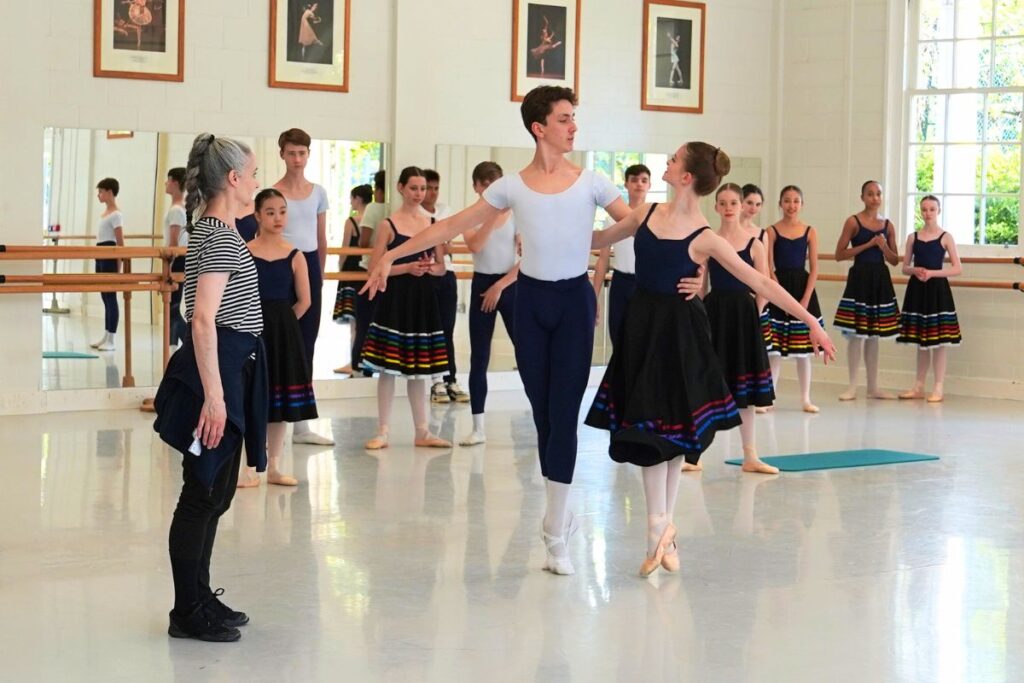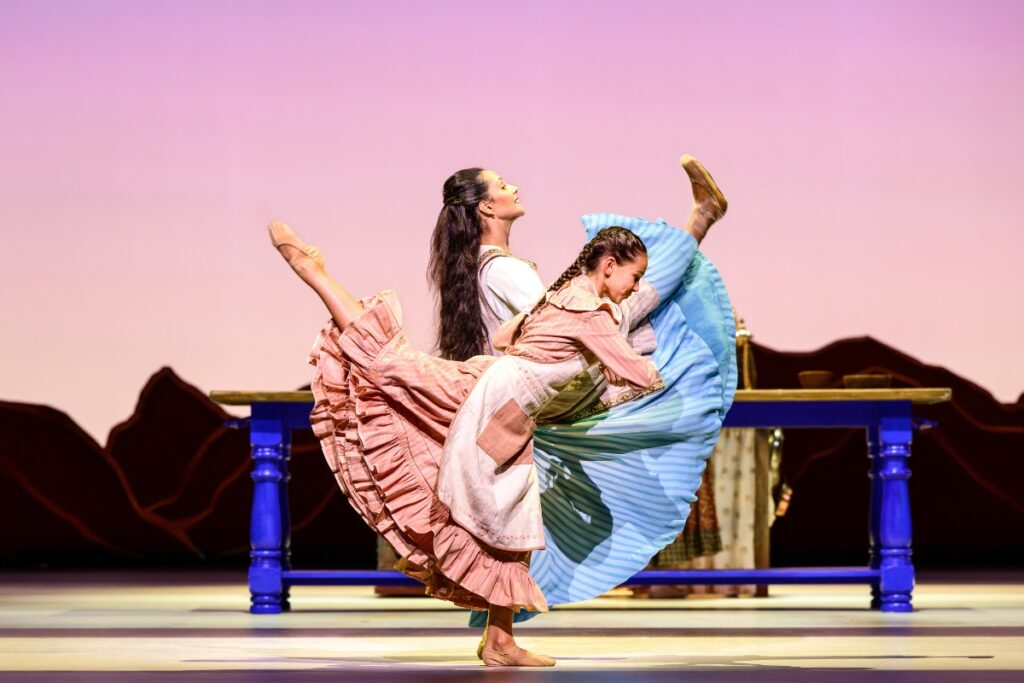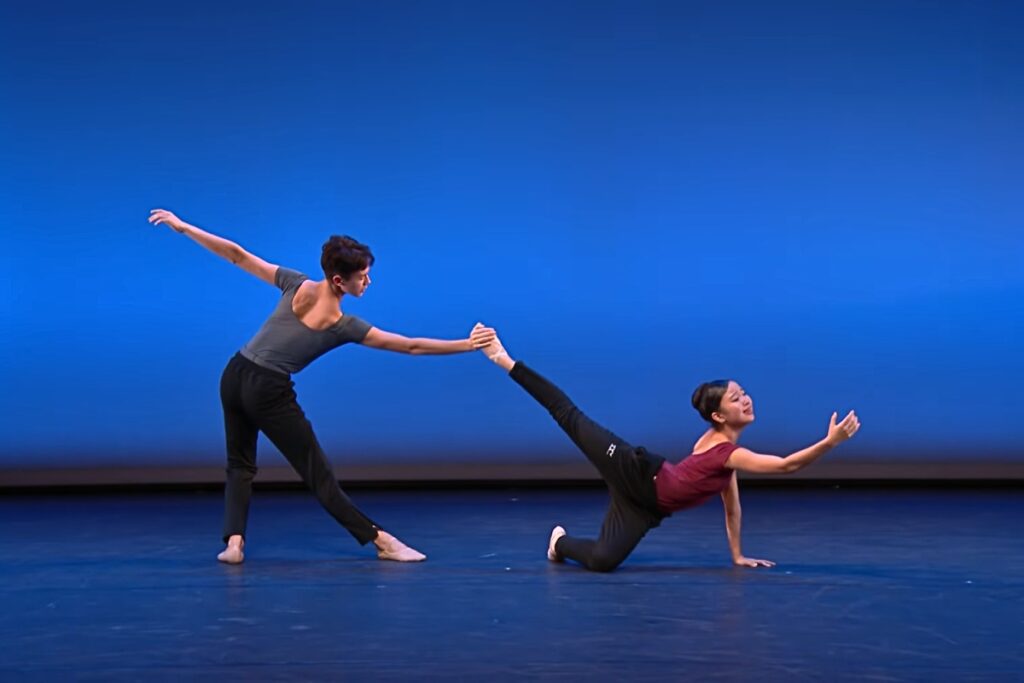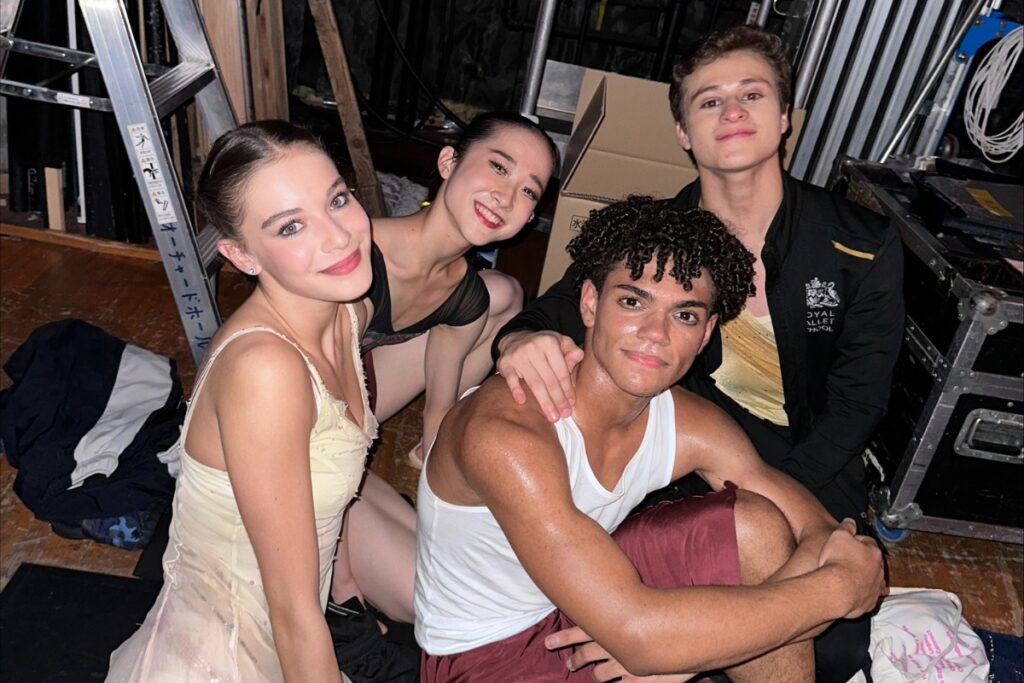Summer Performance spotlight: Diana Cuni Mancini on the legacy of Bournonville’s Napoli
220 years on from the birth of August Bournonville, this summer students of The Royal Ballet School will have the unique opportunity to perform Napoli in our annual performances, staged by renowned répétiteur and Bournonville specialist Diana Cuni Mancini. A former soloist with the Royal Danish Ballet, Diana brings a deep understanding of the Bournonville tradition and its expressive, human-centred style.
Diana recently returned to the School as a judge for our Ursula Moreton Emerging Choreographer 2025 event, where she shared her insight with the next generation. We caught up with her during rehearsals to hear more about her own early connection to Napoli, her love for Bournonville’s storytelling, and what she hopes audiences and students will take from this joyous ballet.
When were you first introduced to Napoli and how has your relationship with the ballet evolved since then?
Napoli was my first performance as a child, and I felt a personal connection to it because I have relatives in Italy. Just before I started ballet school, I visited my family there, so the ballet resonated with me even more. When I first performed in Napoli, I was one of the poor children in the first act, and in the same year I was also the child waving on the bridge in the third act. I absolutely loved the experience. The first act of Napoli is filled with so much energy and joy, and I remember watching the principal dancers from the bridge, observing their variations. The next day, we would try to mimic their movements. I have danced nearly all of the corps de ballet and soloist parts in the ballet, and also danced the main part of Teresina. I now find myself teaching this to Year 11 students, which brings everything full circle.
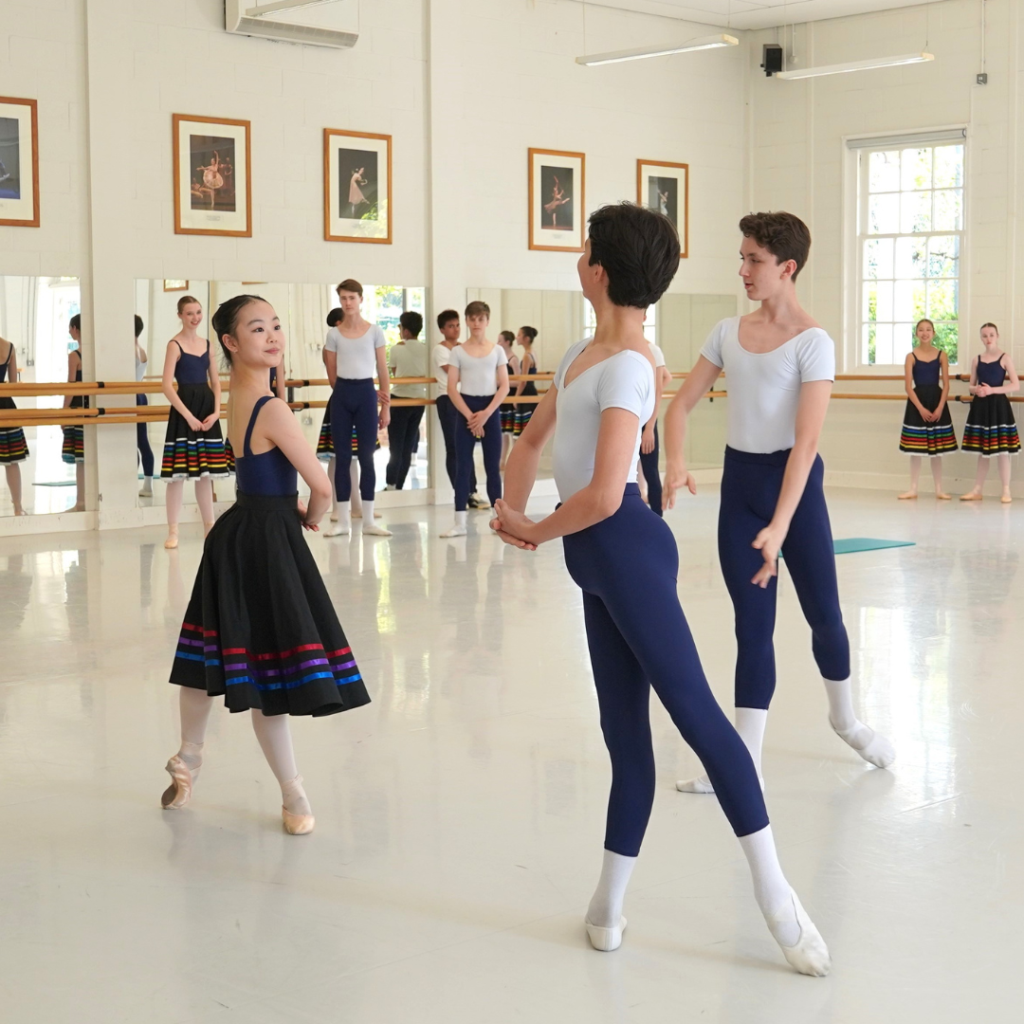
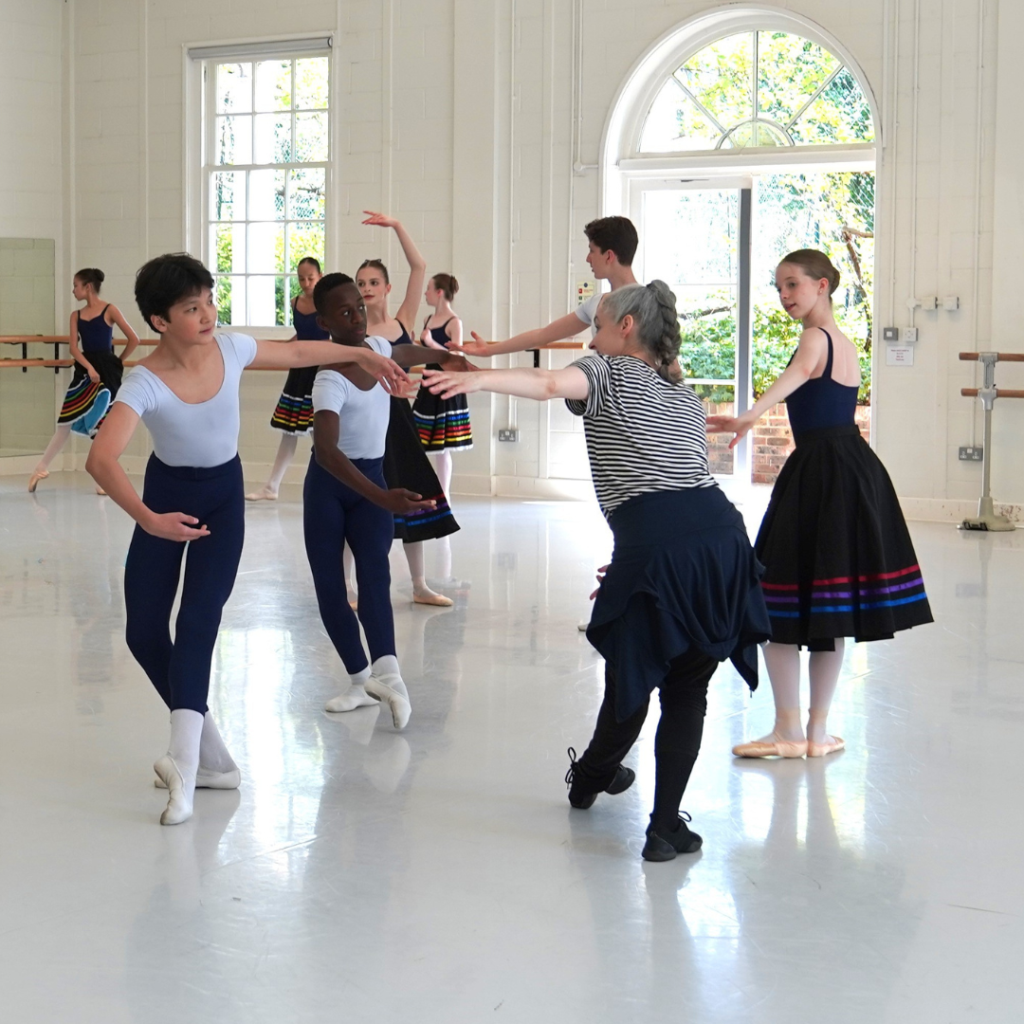
What do you love most about the piece and how it showcases Bournonville’s style?
I think it’s the humanity and the interaction between the characters. It’s very down-to-earth, natural mime with no artificial gestures or movement that doesn’t belong. And that’s what makes it both beautiful and challenging. Especially the Bournonville mime—it takes time to come from within. It’s not just about using your hands; it has to feel authentic and connected to the character.
Even as a child, I could see how deeply the principals meant what they were expressing through their mime and movement. That really stayed with me. The beauty of Bournonville’s style is that it’s consistent throughout the ballet, and I think the audience receives it more clearly because it feels more natural and human.
What are you enjoying most about working with the students on this piece?
I’ve had such positive experiences working with the students here. From the very first time I visited in 2017, I noticed how quickly they picked up the Bournonville style. That makes it such a joy. Of course, it’s still a challenge but their openness, curiosity, and eagerness to get it right really stands out.
Napoli is a big piece and not an easy one. This time around we’ve had less rehearsal time because they’re involved in so many other performances. But I’ll be coming back in about four weeks, which I’m happy about, because right now we’ve mostly just covered the material. We haven’t yet had time to dig into the details.
I’m also looking forward to teaching more classes to help them really absorb the style—especially things like port de bras, which are so important in Bournonville’s work.
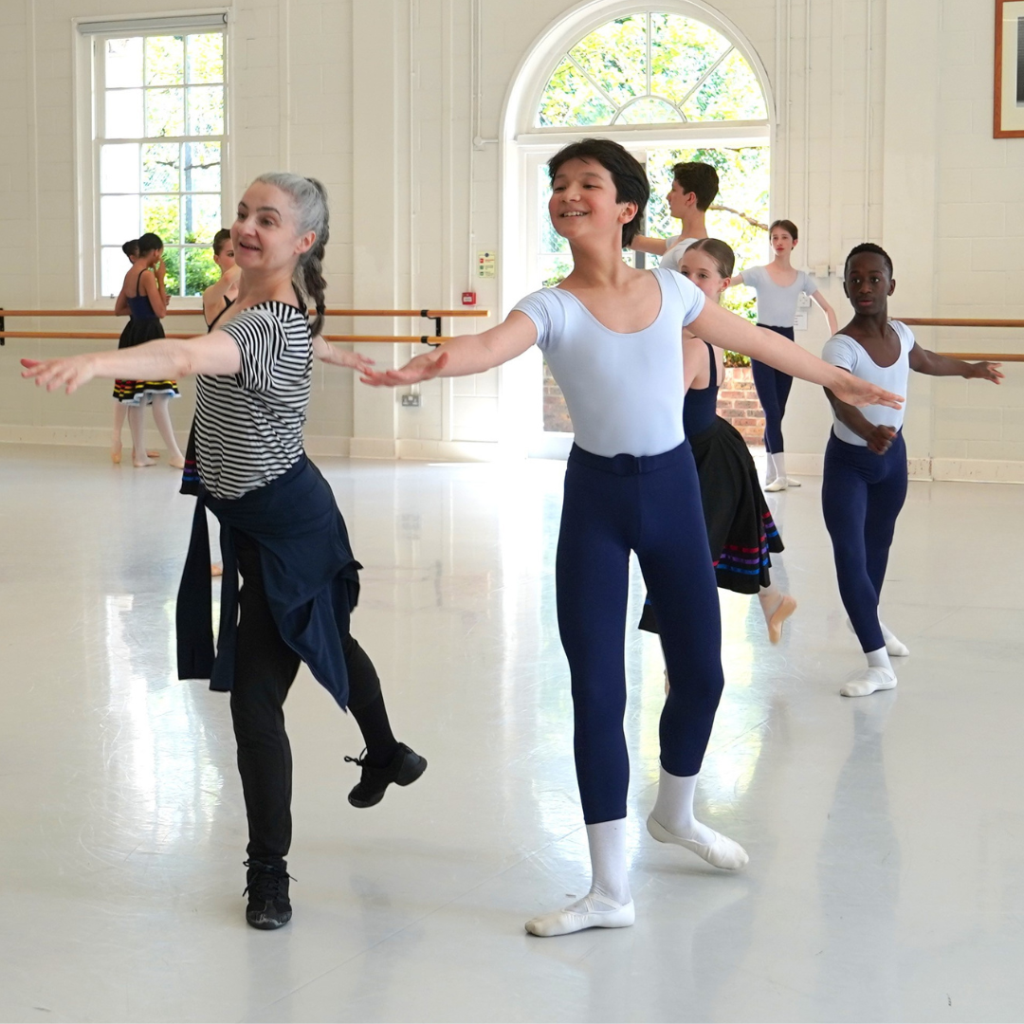
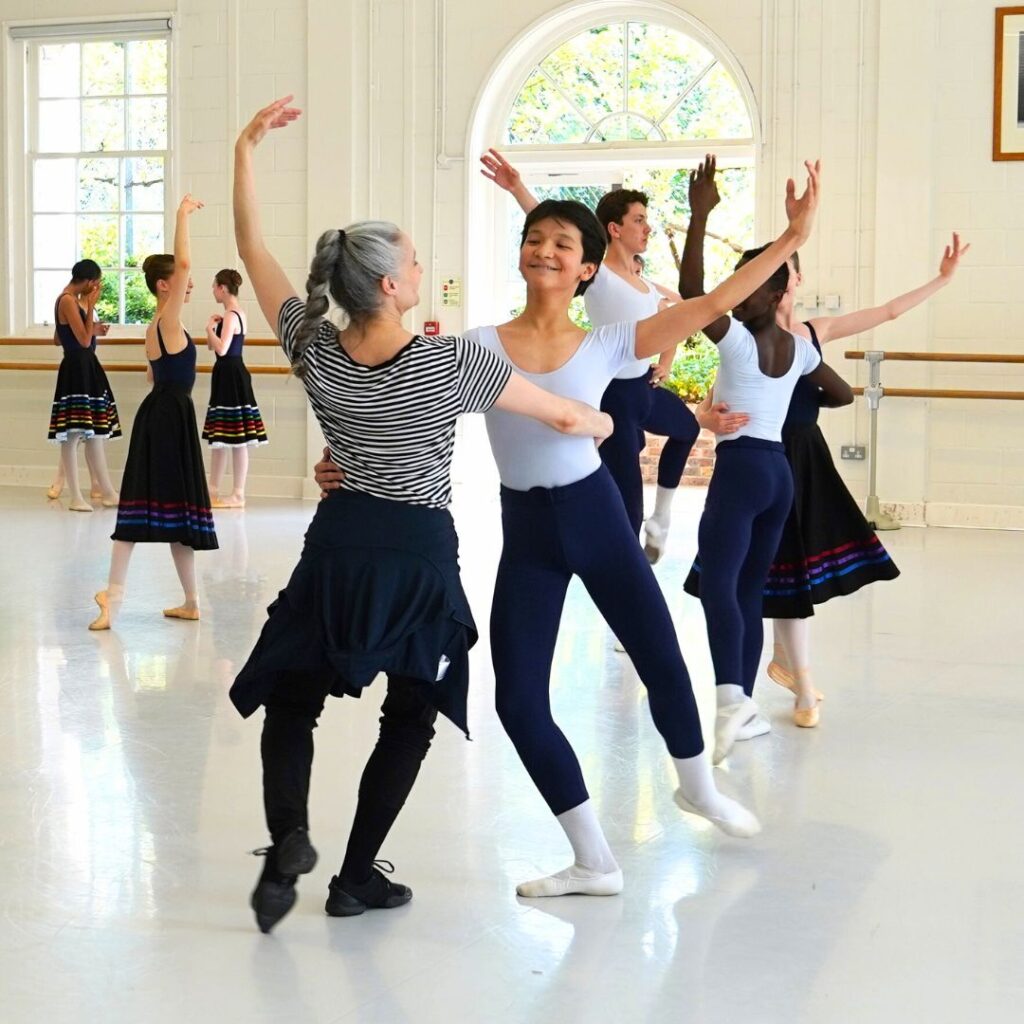
What is your approach to staging Act III, particularly the Tarantella?
At the moment, the focus is simply on getting the material set. But once I return, the goal is to work on making the movement more human: less balletic and more connected, especially in how the dancers interact with each other in the Tarantella. It’s not about striking poses; it’s about feeling the movement and gestures in an honest, grounded way.
When I have more time with them, I want to speak more about the Bournonville style and allow the students to really live in it.
What can audiences expect from Napoli if it’s their first time seeing it, and what do you hope they take away from it?
Bournonville once wrote in his memoirs that his wish was for the audience to feel envious that they weren’t the ones on stage, part of the celebration. He wanted them to feel drawn in, like they were part of the party. I actually shared that with the students the other day, because it really captures the spirit of Napoli.
It’s about the joy of dancing. Even if something goes slightly wrong, if the intention is genuine and the energy comes from the right place, it radiates out, whether you’re at Opera Holland Park, the Royal Opera House, or anywhere else. That joy shines through and connects with the audience.
That’s what I hope people take away from it: a sense of joy, life and humanity. And for the students, my job is to give them the right cues and keywords so they can find that feeling in themselves. Once the choreography is in their bodies and they’ve had time to live with it, that natural, infectious energy will come through. And that’s when the magic happens.
Watch Napoli live on stage at our Summer Performances from 2-5 July. Book your tickets now.


